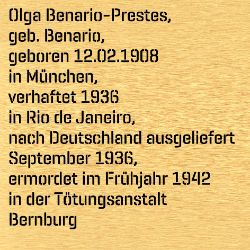Elisabeth Rosa Jochsberger was born in Munich on September 14, 1910, the daughter of the merchant Ernst Jochsberger and his wife Molly. She grew up with her sister Margarethe, who was three years younger than her, at Tengstrasse 27 in Schwabing. On the ground floor of the house, her father had his fashion shop called “Modeneuheiten”. Elisabeth’s family were Jewish; she celebrated her Bat Mitzwa in 1925 in Munich’s main synagogue. She first attended the progressive Hohenzollernschule school, changing in 1920 to what is today the Luisengymnasium. In her reports, her teachers described her as hard-working, obliging and modest and gave her consistently good marks. In March 1926 aged 16, Elisabeth left the school and went to work as an actor and domestic servant.
During the Nazi period, the Nazis persecuted her both for being Jewish and for being mentally ill. It is not known when and with what Elisabeth Jochsberger became ill. All that is certain is that she was admitted by the Psychiatrische Universitätsnervenklinik (university psychiatric sanatorium) in Nussbaumstrasse to the sanatorium and nursing home Eglfing-Haar on August 29, 1939. Under the Nazis’ “euthanasia” programme, Jewish psychiatric patients were all murdered without exception. In 1940 and 1941, up to 2,500 people fell victim to the “special operation against Jewish institutional patients”, among them Elisabeth Jochsberger. She was deported along with 190 other Jews from the sanatorium and nursing home Eglfing-Haar to the killing site Hartheim in Austria on September 20, 1940, and murdered there on her arrival with carbon monoxide.
Molly Jochsberger stayed in Germany with Elisabeth Jochsberger after her husband had emigrated to the USA and her daughter Margarethe to England. After Elisabeth Jochsberger‘s deportation, Molly Jochsberger wrote desperate letters to the director of the sanatorium and nursing home Eglfing-Haar, Dr. Hermann Pfannmüller, without ever receiving any reply. On November 20, 1941, Molly Jochsberger was deported to Kaunas along with around 1,000 other Munich Jews and shot there five days later.
(Text: Sibylle von Tiedemann; editor: C. Fritsche, translation: C. Hales)





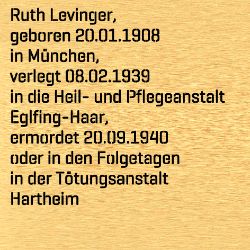
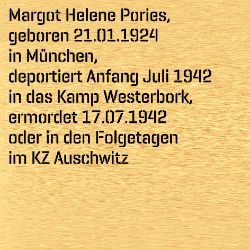
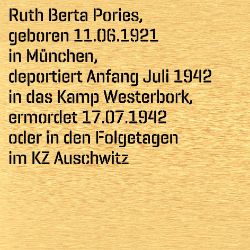
-Tockus_image.jpg/jcr:content/EZ_BILD_15583.jpg)
-Krochmal_image.jpg/jcr:content/EZ_BILD_15588.jpg)
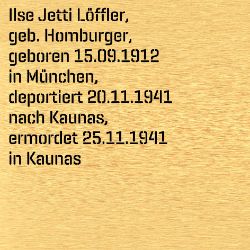
-Pindrik_image.jpg/jcr:content/EZ_BILD_14722.jpg)

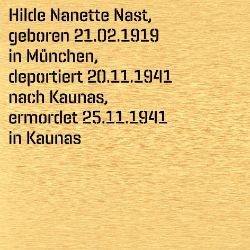
-Gutmann_image.jpg/jcr:content/EZ_BILD_14717.jpg)
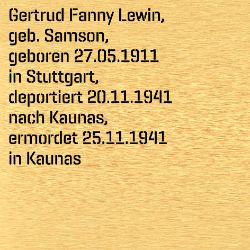
-Friedmann_image.jpg/jcr:content/EZ_BILD_15560.jpg)
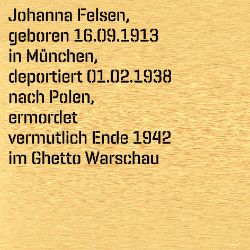

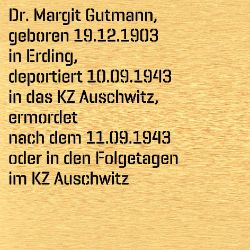
_image.jpg/jcr:content/EZ_BILD_15570.jpg)

